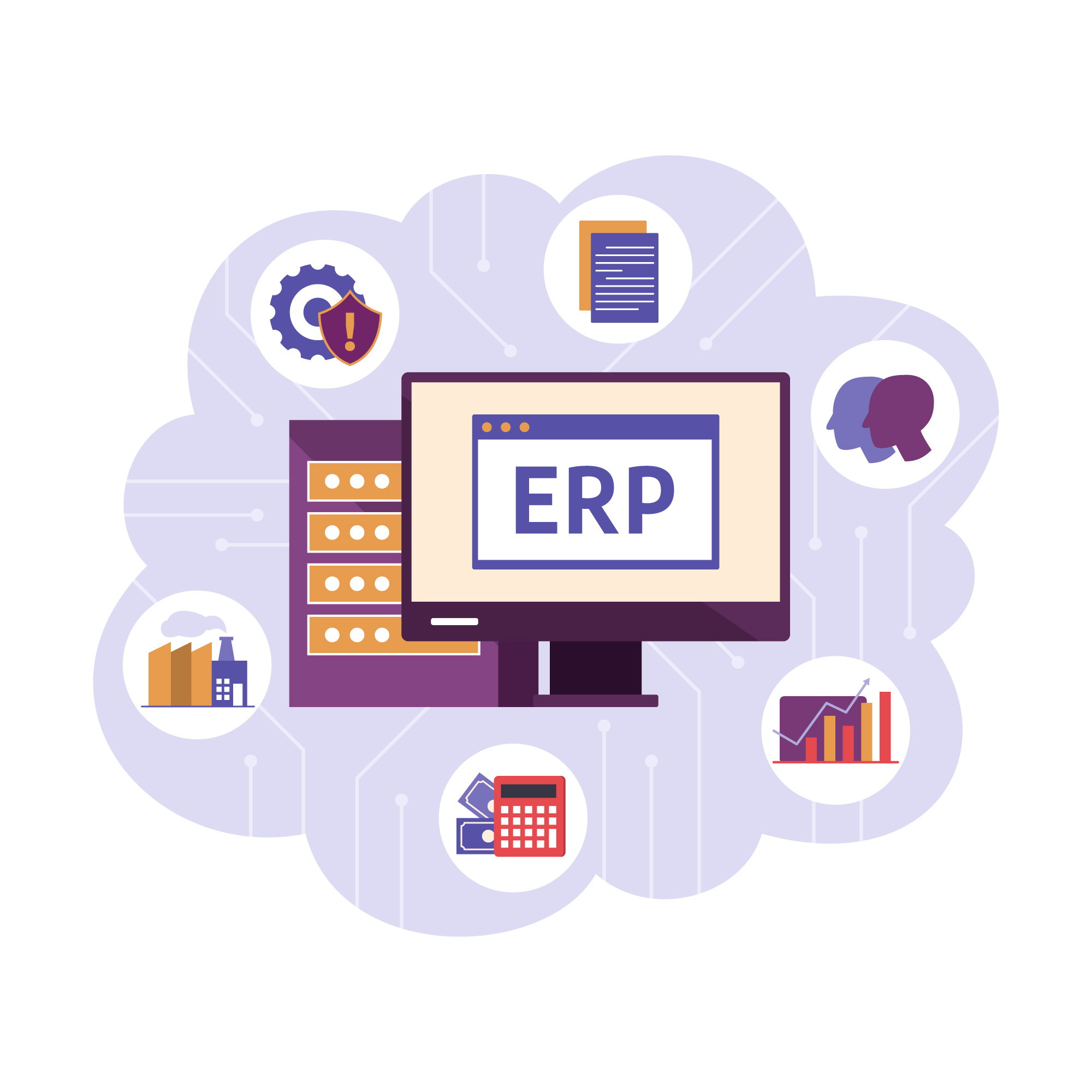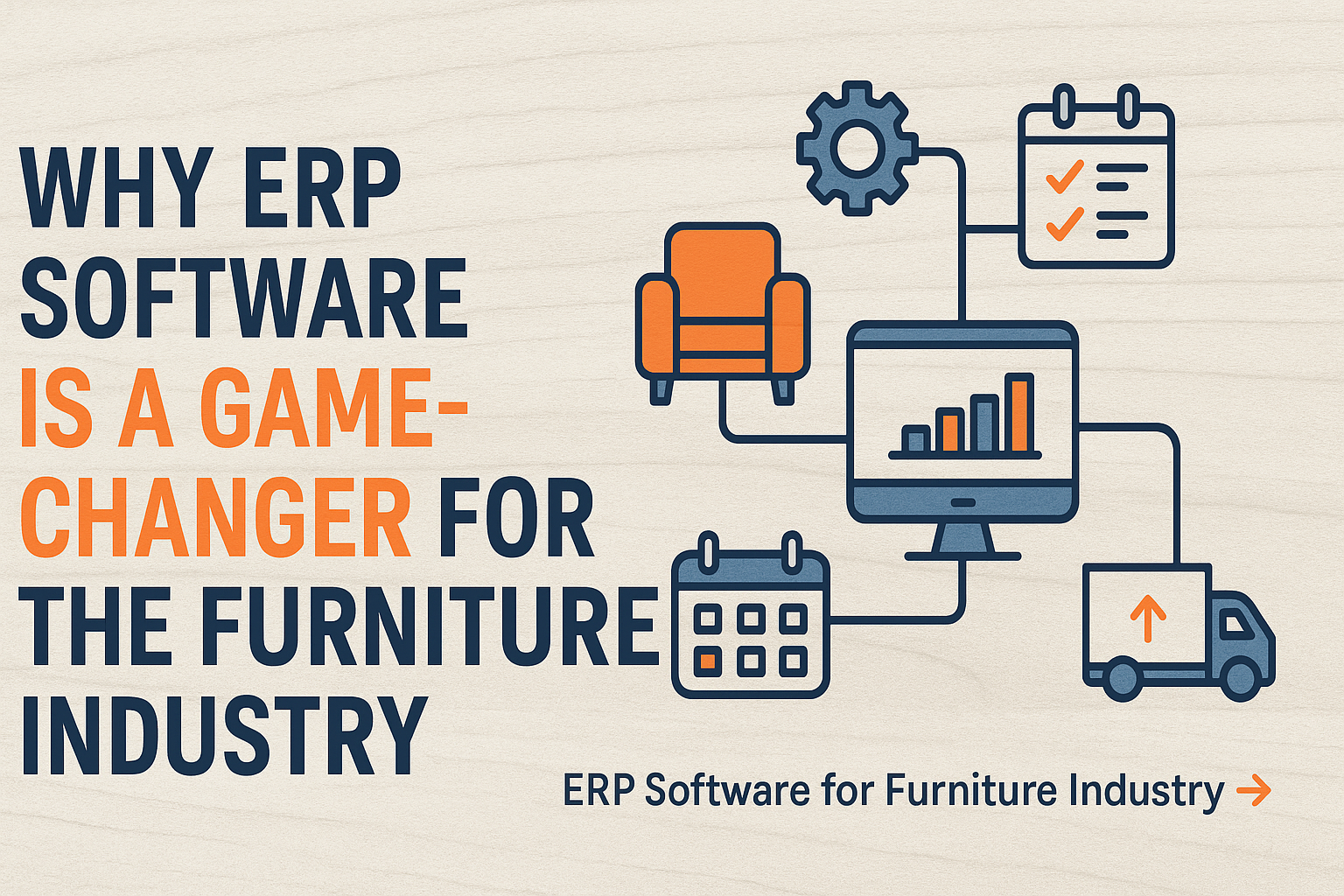 Get SEO-Optimized Articles – Written for Humans, Loved by Google!
Get SEO-Optimized Articles – Written for Humans, Loved by Google!
Comprehensive Guide to Implementing Odoo ERP in 2024
Written by Swayam Sahani » Updated on: June 17th, 2025


Enterprise Resource Planning (ERP) systems are the backbone of many modern businesses, helping streamline operations across departments, automate workflows, and centralize data. Odoo, with its highly modular and flexible architecture, has emerged as one of the leading ERP solutions, catering to businesses of all sizes. Implementing Odoo ERP, however, is a strategic undertaking that requires meticulous planning and execution. In this blog, we’ll provide a detailed roadmap to guide you through the process of a successful Odoo ERP implementation in 2024.
1. Define Clear Objectives and Expectations
Before you begin the implementation, it’s crucial to have a clear understanding of what you aim to achieve with Odoo ERP. This involves identifying key pain points and inefficiencies in your current systems. For example, are you struggling with inventory management, order processing, or financial reporting? Once you pinpoint the areas for improvement, you can align the ERP's capabilities with your business goals.
Start by answering the following questions:
- What specific business processes do we want to improve or automate?
- How will Odoo help us scale or reduce operational costs?
- What are our growth targets, and how can Odoo accommodate them?
Having clear answers will help ensure the implementation is focused and goal-driven
2. Build a Dedicated Implementation Team
Implementing an ERP system like Odoo is a collaborative effort that requires cross-departmental expertise. It is vital to build an implementation team that includes representatives from various key departments—such as finance, sales, HR, and IT—to ensure all business processes are covered. This team will be responsible for providing insights into current workflows, gathering requirements, and ensuring that Odoo is customized to meet the company's unique needs.
Key members of the implementation team should include:
- Project Manager: Responsible for overseeing the implementation, keeping the project on schedule, and ensuring that objectives are met.
- IT Experts: For managing system integrations, database migrations, and security settings.
- Departmental Leads: Representatives from different departments to provide functional input based on their specific needs.
- Odoo Specialist/Consultant: An expert in Odoo who understands how to customize, configure, and implement its various modules
3. Conduct a Thorough Needs Assessment
Before diving into the configuration phase, it’s essential to perform a comprehensive analysis of your business needs. This includes evaluating your current processes, systems, and tools. The purpose is to identify bottlenecks, inefficiencies, and areas that require optimization. During this stage, your implementation team should engage with key stakeholders to gather feedback on their expectations and how Odoo can improve their day-to-day operations.
A thorough needs assessment involves:
- Mapping current workflows and identifying gaps.
- Understanding the requirements of different departments.
- Evaluating how data flows through your business and identifying the need for automation or integration.
The findings from this step will form the foundation of how you customize and configure Odoo ERP for your business
4. Customization and Configuration
Odoo’s modular architecture allows for extensive customization, enabling businesses to tailor the system to their specific workflows. However, while Odoo’s flexibility is one of its strongest features, over-customization can lead to complexity and inflated costs.
Here’s how you can approach the customization phase:
- Start with Core Modules: Begin by focusing on Odoo’s core modules (e.g., accounting, sales, inventory management, HR, etc.). Make adjustments to suit your business's requirements.
- Avoid Over-Customization: It’s tempting to tweak every feature to fit your current workflows, but this can lead to complexity during upgrades. Instead, take advantage of Odoo’s out-of-the-box functionality where possible.
- User Roles and Permissions: Customize user roles and define access permissions based on the needs of different departments. This ensures data security and streamlines workflow
5. Data Migration and Integration
One of the most critical (and often challenging) aspects of Odoo ERP implementation is migrating your existing data. Data migration requires meticulous planning to ensure that historical data from your legacy systems is accurately transferred to the new system.
Steps to ensure a smooth data migration:
- Data Cleansing: Before migrating, clean your data by removing duplicates, correcting inaccuracies, and standardizing formats.
- Data Mapping: Map your old data to the new fields in Odoo to ensure compatibility.
- Integration with Third-Party Systems: If your business relies on other software (e.g., CRM, payroll, eCommerce platforms), ensure seamless integration with Odoo. Odoo supports integrations with a wide range of third-party applications via its API
6. User Training and Adoption
A successful ERP implementation isn’t just about the software—it's about the people who will use it. User adoption is critical to realizing the full benefits of Odoo ERP. Proper training ensures that employees can effectively navigate the system and use it to its full potential.
Here are some ways to foster user adoption:
Hands-on Training: Organize workshops and training sessions for employees based on their roles and responsibilities.
Comprehensive Documentation: Provide clear and concise documentation to help users navigate Odoo’s features.
Support and Feedback Mechanism: Establish a support channel where users can ask questions, report issues, and provide feedback
7. Testing
Before going live, it’s crucial to rigorously test your system. Testing will ensure that the customized Odoo modules are functioning as expected and that the data migration process was successful.
Test the system by:
- Running test scenarios for key processes (e.g., order processing, invoicing, inventory tracking).
- Testing integrations with third-party applications.
- Ensuring all data is accurate and properly linked to the right modules.
- Validating user access levels and permissions
8. Go Live and Post-Implementation Support
After thorough testing, it’s time to go live. Transitioning to a new ERP system should be done gradually to minimize disruptions. Start by rolling out the system to a single department or process before fully implementing it across the business.
Once the system is live, continue monitoring it closely. Identify any post-launch issues, bugs, or areas of improvement. Offering ongoing support is crucial for long-term success
9. Continuous Improvement and Updates
Odoo ERP implementation is not a one-time event; it requires continuous improvement. Stay up-to-date with Odoo’s new features and updates to enhance system performance and improve workflows. Regularly collect feedback from users to identify areas for improvement and ensure the ERP system continues to meet your business's evolving needs
Conclusion
Odoo ERP implementation is a transformative process that can enhance operational efficiency and drive growth. By following these steps—defining objectives, building a competent team, conducting thorough assessments, customizing strategically, and focusing on user training—you can ensure a successful implementation. Remember, the key to a successful ERP journey lies in continuous improvement and active user involvement. With careful planning and execution, Odoo ERP can become the backbone of your business’s success in 2024 and beyond.
Note: IndiBlogHub features both user-submitted and editorial content. We do not verify third-party contributions. Read our Disclaimer and Privacy Policyfor details.
Copyright © 2019-2025 IndiBlogHub.com. All rights reserved. Hosted on DigitalOcean for fast, reliable performance.











